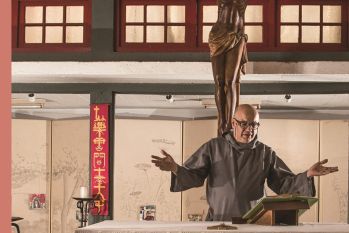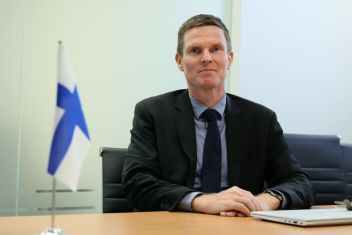“Stop-motion animation links animated film with live-action film,” explains stop-motion animator Huang Yun-sian.
More lifelike than 2D animation, but more amenable to flights of fancy than live-action cinematography, stop-motion lends itself to artistry and experimentation. But the technique’s barriers to entry are high, even though the principles underlying it are simple.





















